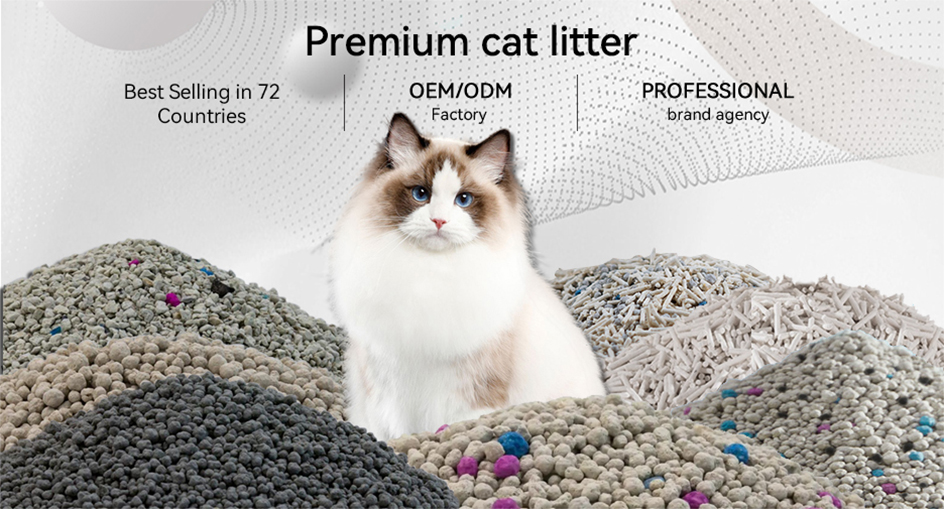The Chemical Composition of Cat Litter and Its Impact on Health
Areeman Manufacturers 100% Natural Odour Lock Tofu Cat Litter

Cat litter is an essential household item for pet owners, but the chemical composition of this product can have implications for both the health of our feline companions and our own well-being. Understanding the various components of different cat litters and their potential effects is crucial for making informed choices that promote a safe and healthy environment. This article will delve into the chemical makeup of common cat litter types and discuss their impact on health.
Chemical Components of Cat Litter:
-
Clay-Based Litter: Traditional clay or clumping litters are made from sodium bentonite, a natural clay that is processed to create small granules. These litters may contain additional chemicals, such as fragrances or antimicrobial agents, to control odor and prevent bacterial growth.
-
Crystal Litter: Also known as silica gel litter, this type is made from synthetic silica gel beads. It is chemically inert and does not contain any additional fragrances or additives. However, it can be made from non-renewable resources, which raises environmental concerns.
-
Biodegradable Litters: These litters are made from organic materials such as wood, corn, wheat, or coconut coir. They are designed to be environmentally friendly and typically do not contain synthetic chemicals. However, some may use natural antimicrobial agents or fragrances derived from essential oils.
-
Recycled Paper Litter: Made from recycled paper products, this litter is chemical-free and biodegradable. It does not contain any artificial fragrances or additives, making it a safe option for cats with sensitive respiratory systems.
Health Implications of Cat Litter Chemicals:
-
Dust and Respiratory Issues: Cat litter that produces a lot of dust can irritate a cat's respiratory system, leading to respiratory problems. This is particularly concerning for cats with asthma or other respiratory conditions.
-
Chemical Sensitivity: Some cats may be sensitive to the chemicals used in certain types of litter, leading to skin irritations or allergic reactions.
-
Odor Control Additives: While odor control is beneficial, some additives used in cat litter may be harmful if ingested. Cats have been known to ingest litter while grooming themselves, which can lead to health issues.
-
Environmental Health: The production and disposal of cat litter can have environmental impacts. Non-biodegradable litters, such as traditional clay and crystal litters, contribute to landfill waste and can have a negative effect on the environment.
Conclusion: When choosing cat litter, it's important to consider the health implications of its chemical composition. Opting for dust-free, chemically inert, and biodegradable litters can minimize potential health risks for both cats and humans. Additionally, being mindful of environmental impacts by choosing sustainable options can contribute to a healthier planet. Regularly monitoring your cat's health and litter box habits can help identify any adverse reactions to the litter being used. By staying informed and making conscious choices, you can ensure the well-being of your cat while also promoting a cleaner and safer home environment.







